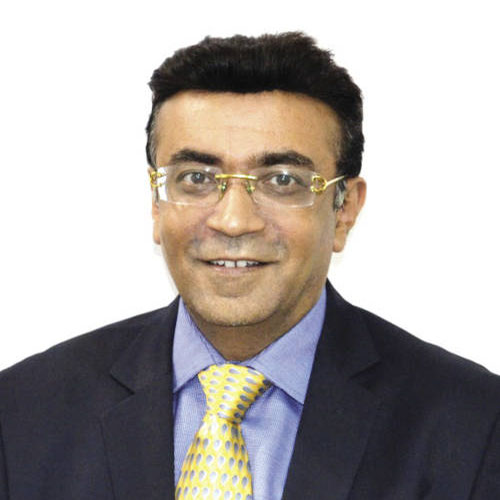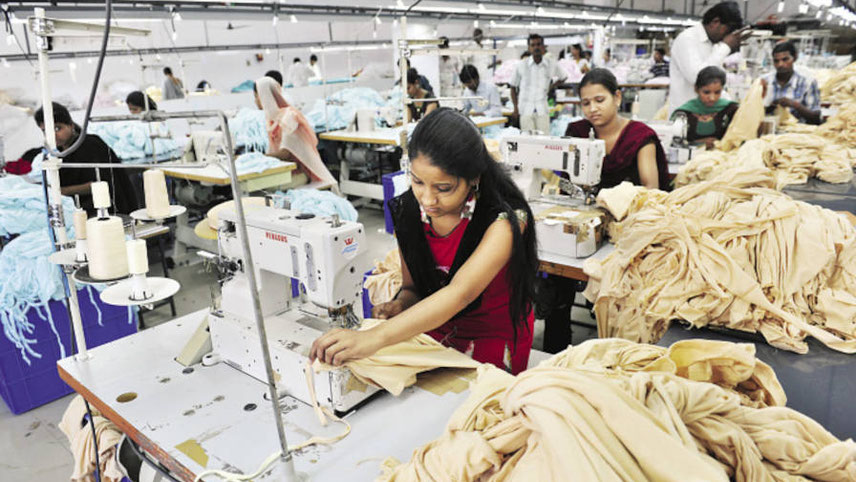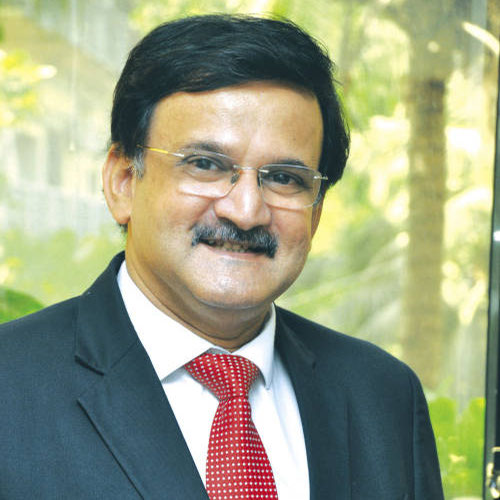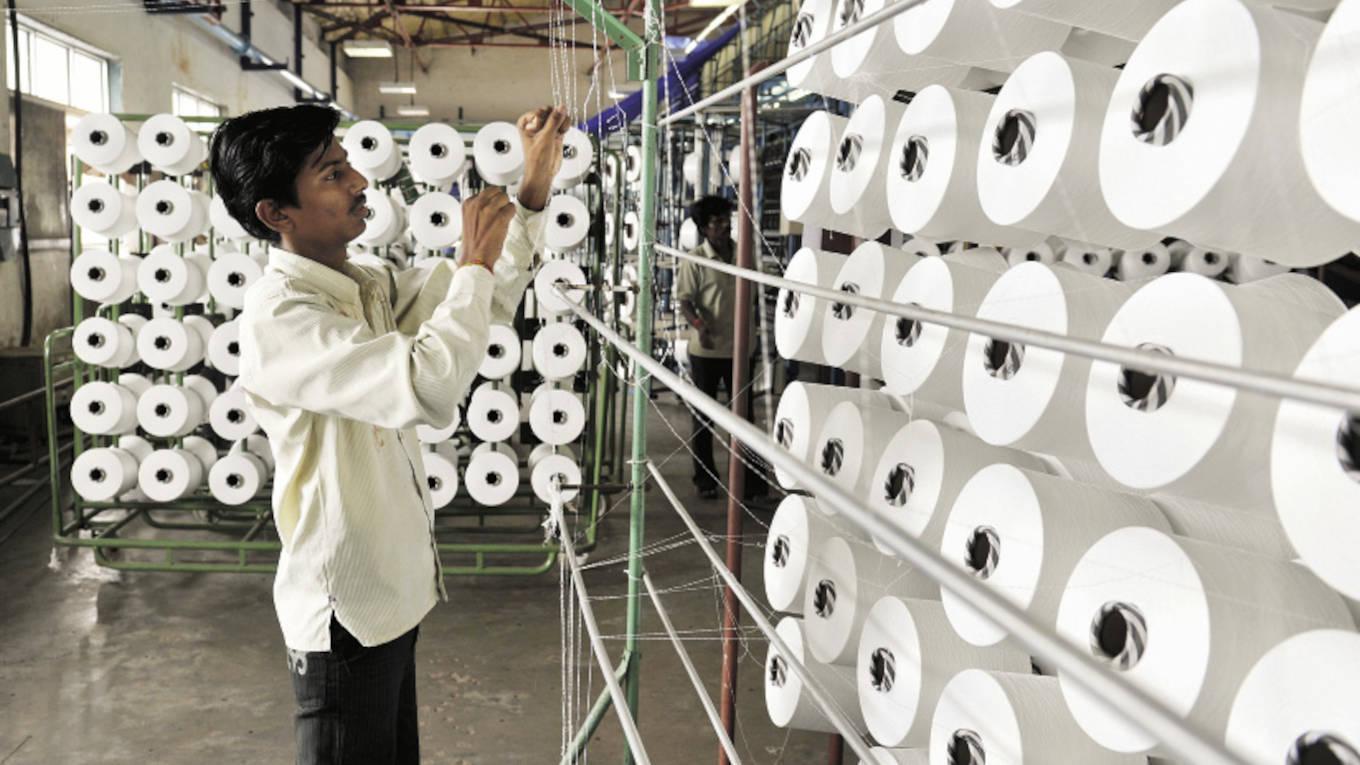-

Schemes like PLI will not only help our manufacturing base move up in the value chain but also help enlarge our share in the global market
Sanjay Jain, Chairman, ICC National committee on Textiles & MD, TT Ltd
As a result, the Indian share of global trade is restricted to only 5.5 per cent. In fact, in spite of India being the second largest producer of manmade fibres in the world, the country’s share in MMF garments is a mere 2 per cent. It is dominated by China (34 per cent, followed by Vietnam and Bangladesh).
Recently, Vietnam has overtaken Bangladesh in RMG exports. India loses out to other countries due to lack of cost-competitiveness and the absence of trade agreements with major trade blocks like the EU and US.
“Our skewed policies in favour of cotton have adversely impacted our textile manufacturing base. While over 60 per cent of global textiles is manmade fibre-based, we have continued to manufacture cotton-based goods and that has severely blunted our competitive edge in the global market. Now with this PLI scheme and other fiscal incentives in place, we are going to see more investments taking place towards the creation of large capacities for the production of relevant and value-added textiles. This will not only help our manufacturing base move up in the value chain but also help enlarge our share in the global market,” says Sanjay Jain, chairman, ICC National Committee on Textiles and managing director, TT Ltd.
“By focusing on these two high potential segments, the PLI scheme for textiles is expected to bring about structural changes in the textile sector. With the introduction of such a scheme, the foremost intention of the government is to boost the country’s export value by building large-scale production of downstream products, which has higher value-addition potential. The PLI scheme will enhance India’s manufacturing capabilities by increasing investment and production in the textile apparel sector, especially in the MMF segment and technical textiles,” states Gurudas Aras, former director, ATE Group and strategic advisor to ITA Group (Germany), Rabatex Industries, and Piotex Ventures.
All these years, Indian exporters have been at a disadvantage in the EU and UK markets in terms of import duty treatment as compared to countries like Turkey, Vietnam, Sri Lanka, Bangladesh, Pakistan and Cambodia. Bangladesh, Sri Lanka and Vietnam enjoy duty-free access to the UK and the EU, whereas Indian textiles attract an import duty of 9.5 per cent. India has been doing much better than other textile exporters in markets such as the US where it is not at a duty disadvantage.
In the last couple of years, the Indian government has been actively pursuing free-trade agreements (FTAs) with its major export destinations. The India-UAE CEPA came into effect in 1 May, 2022, while the India-Australia ECTA (interim trade pact) was signed into force on 2 April, 2022. Meanwhile, India-UK FTA negotiations entered a third round in April this year and new industry and business taskforces were created in May to support a trade deal by the year-end.
Finally, the EU has sought to reach a trade deal with India by 2024, before the next electoral cycle. The first round of India-EU FTA negotiations concluded in New Delhi on 1 July, 2022 and will be followed by another round at Brussels in September this year.
-

Due to the duty disadvantage, India’s apparel exports have grown rather slowly over the years
“Due to the duty disadvantage, our apparel exports have grown rather slowly over the years, even as countries like Bangladesh, Sri Lanka and Vietnam have increased their share significantly in the global apparel market. Now with these FTAs getting signed we, as a country, should gain quite considerably at a time when many of our export destination countries are following the China Plus One policy,” says Rahul Mehta, past president, Clothing Manufacturers’ Association of India.
Positive results
Meanwhile, the recent efforts have already started showing positive results as India recorded its highest-ever textile and apparel exports in the financial year 2021-22 at $44.4 billion. The exports tally, which also includes handicrafts, indicates a substantial increase of 41 per cent and 26 per cent over the corresponding figures in FY21 and FY20, respectively.
Backed by the China Plus One sentiment globally, India’s textile exports are expected to grow 81 per cent to $65 billion by 2026 from the pre-Covid level of around $36 billion in 2019, says a report by the Confederation of Indian Industry (CII) and global consulting firm Kearney. This jump is likely to generate 7.5-10 million new jobs.
A large chunk of this targeted increase, or around $16 billion, may come from the China Plus One sentiment due to India’s relatively large strategic depth compared with Vietnam or Bangladesh. “We believe that with the right actions of the industry majors and robust execution of government schemes, India can hit $65 billion in exports by 2026. This, coupled with growth in domestic consumption, could propel domestic production to reach $160 billion,” says Siddharth Jain, partner, Kearney.
-

The PLI scheme would enhance India’s manufacturing capabilities by increasing investment and production in the textile apparel sector, especially in the MMF segment and technical textiles
GURUDAS ARAS, Former director, ATE group and strategic advisor to ITA Group
“Covid-19 has triggered the redistribution of global trade shares and a recalibration of sourcing patterns (China Plus One sourcing), providing a golden opportunity for Indian textiles to stage a turnaround and regain a leadership position as a top exporting economy. We believe India’s textile industry should target 8-9 per cent CAGR during 2019–2026, driven by domestic demand growth and a significant growth in annual exports, reaching $65 billion by 2026,” says Neelesh Hundekari, Partner and APAC Head of Lifestyle Practice at Kearney.
However, experts believe there is a lot left to be desired. The textile industry employs almost 45 million people in the farming and manufacturing sectors. However, the country’s recent performance in global trade has not been commensurate with its abilities. Exports declined by 3 per cent during 2015-2019 and by 18.7 per cent in 2020. And yet during the same period, other low-cost countries such as Bangladesh and Vietnam have gained share.
No doubt things are certainly turning in favour of the Indian textile industry, backed as it is by favourable policy measures and other geopolitical factors. However, for gaining a global share, the industry will have to create world class capacities across the value chain. While India has fairly large and modern spinning capacities, weaving and processing continue to be weaker links and that has not helped the industry produce high-value textiles.





































